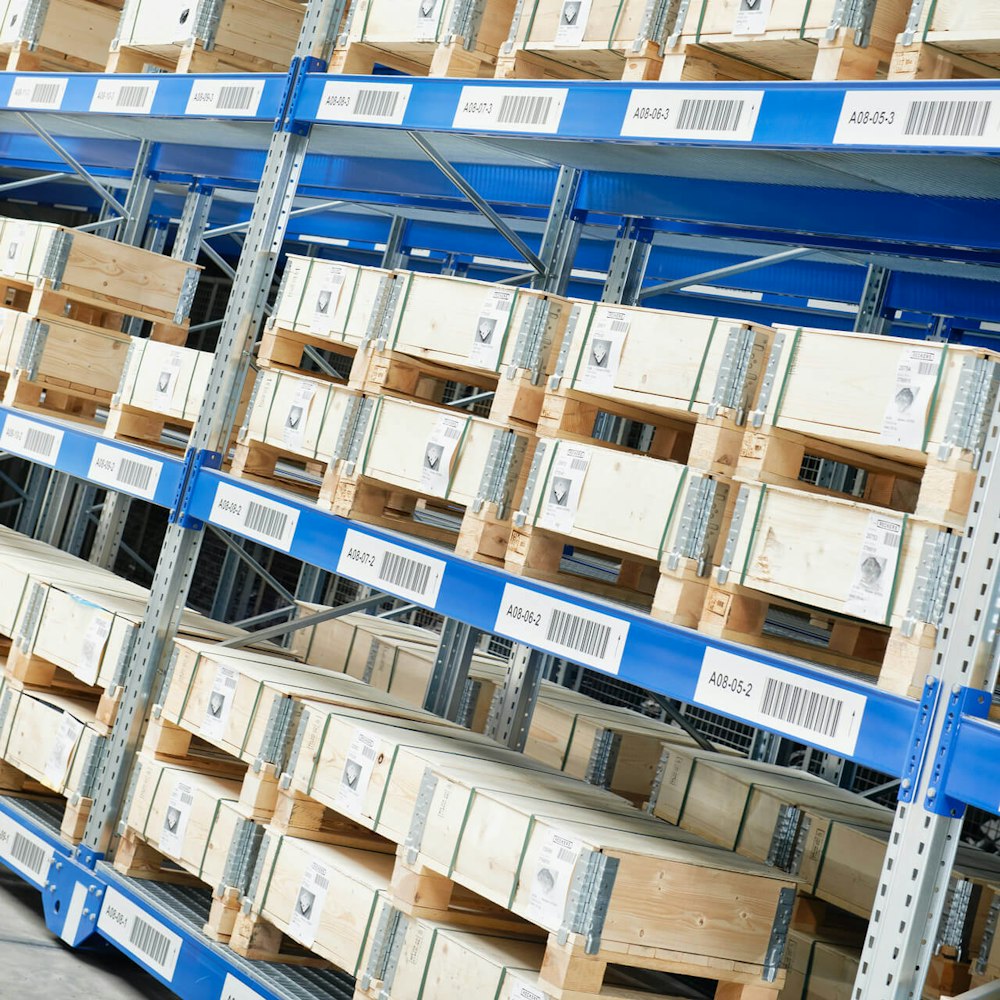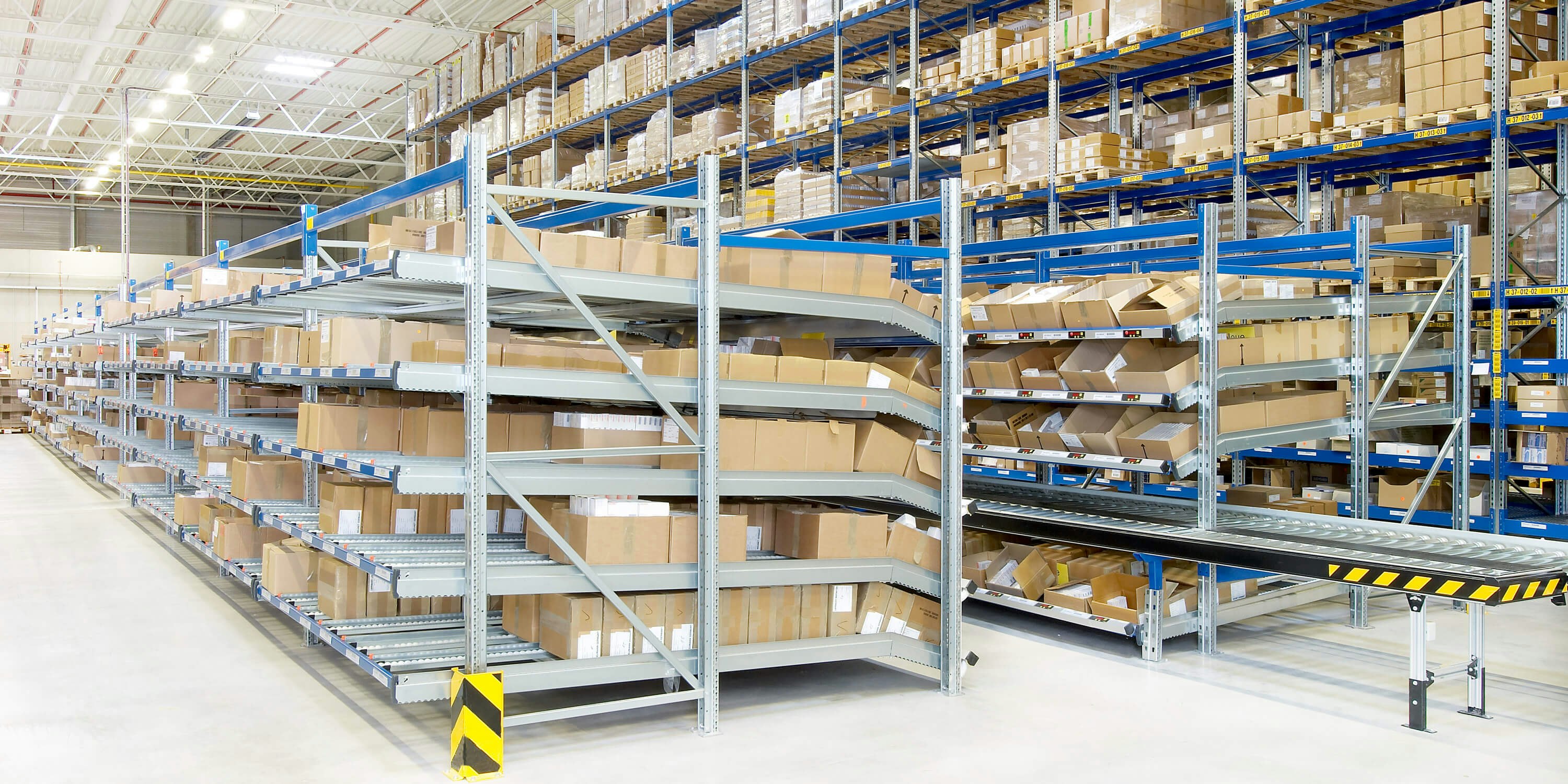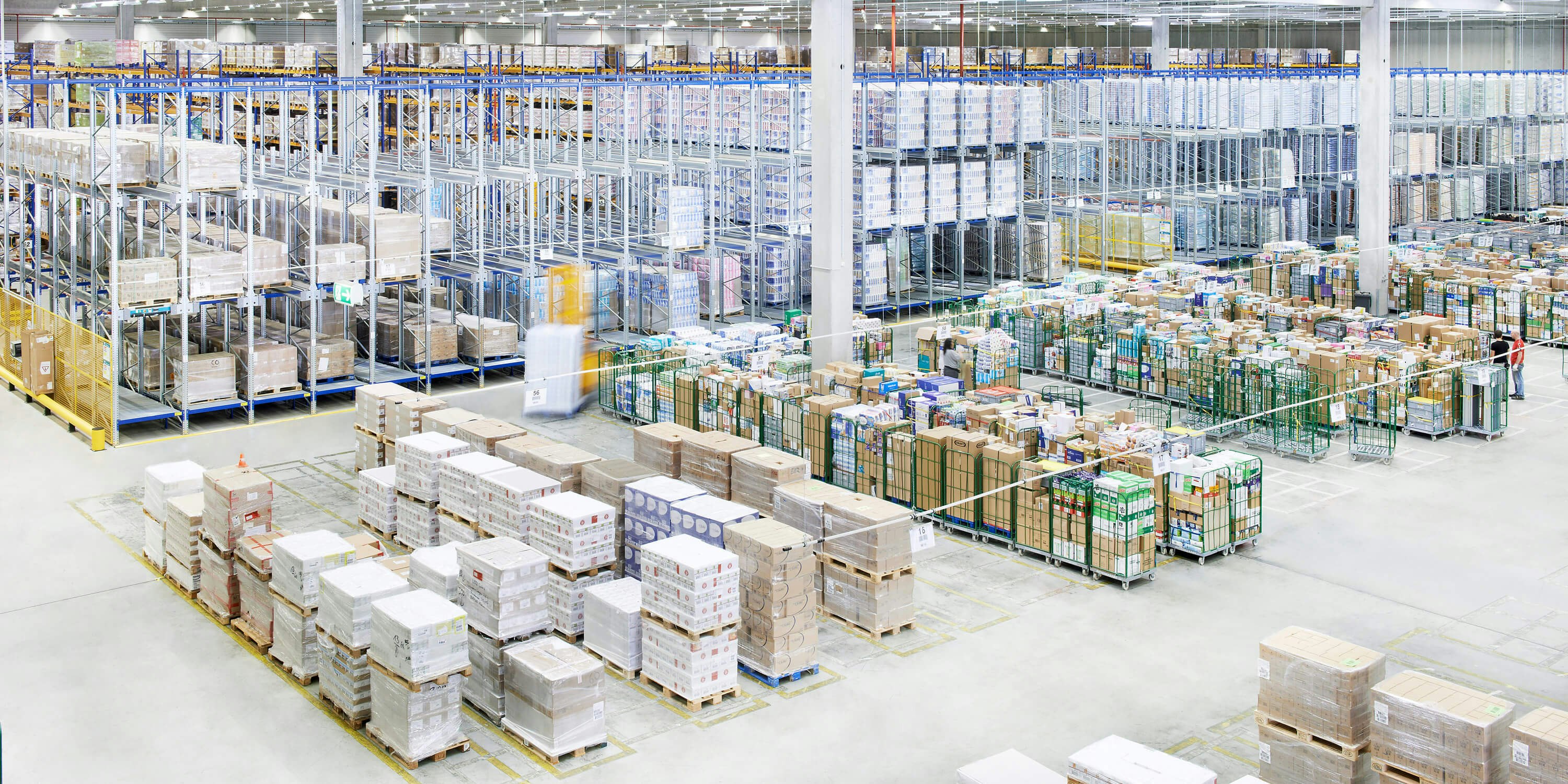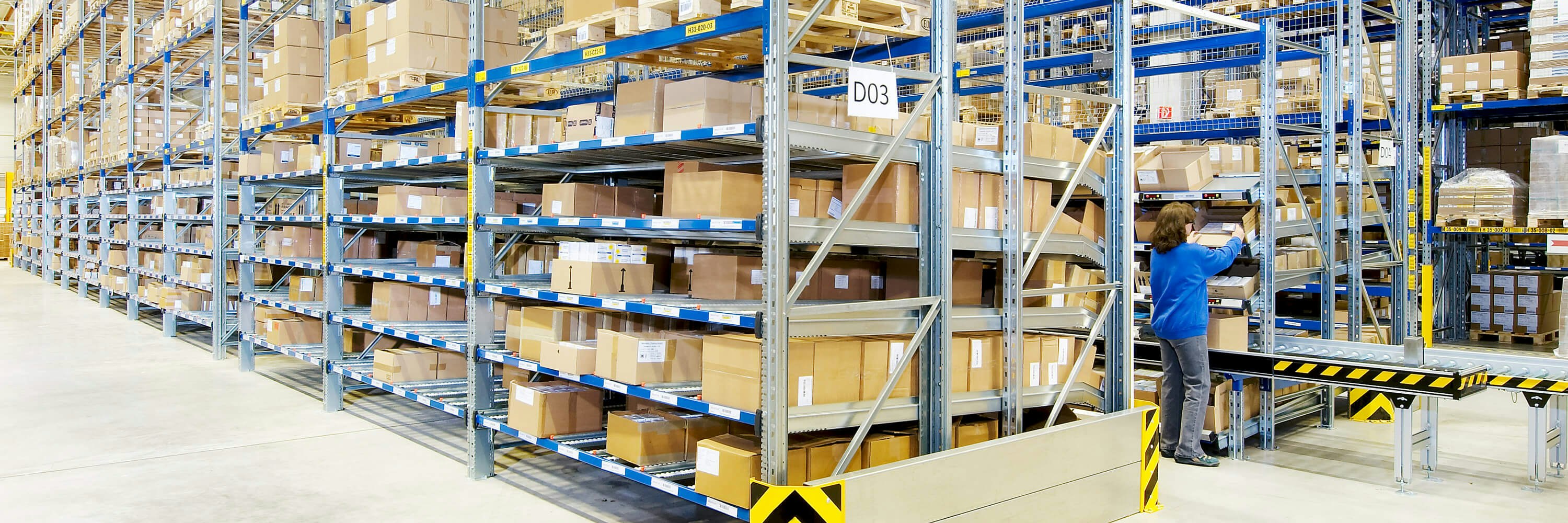What is static storage?

Static storage, where each item stored is assigned a fixed place in the storage system, offers many advantages for a warehouse. Both static systems – also known as fixed space systems – and dynamic storage have strong advantages in certain logistics applications. Static warehousing, however, is primarily suitable for companies with consistent SKU profiles and quantities. It is also a good solution for a smaller company operating a manageable warehouse, since it does not necessarily require warehouse software.

Principles of static storage
In static storage, each item stored is assigned a fixed location, where it must be stored. This means it is suited to applications where there are only minor fluctuations in average stock levels.
Storage density decreases slightly compared to a dynamic system, but static storage offers the advantage of clear visibility of shortages or excess stocks. For this reason it is often used for lean production systems.
Setting out the maximum stock quantity will allow the use of flow racking for ‘First In, First Out’ (FIFO) storage, where goods stored first are also removed first. This principle is particularly suited to the handling of goods that have a defined shelf life whose quality will decrease as a result of lengthy storage, such as food or medicines.
Advantages and disadvantages of static warehousing
Companies with more or less consistent stock levels and manageable quantities, have sufficient space – including for seasonal items – and want a manageable warehouse will gain the following advantages from a static storage system:
- Training time for new personnel is minimised because every article always comes to the same fixed position
- Manual handling of articles is possible. While an ERP (Enterprise Resource Planning) system would be a benefit, it is not absolutely necessary – which is the case with dynamic systems.
- Stock is easy to keep track of, which is important when, for example, storing food.
Once storage capacity passes a volume threshold, companies will also rely on the support of ERP for static storage. The storage bin containing the article is entered and this appears on the warehouse picking list to provide easy orientation. The picking process can also be supported with mobile data devices or barcode scanners. The stock re-ordering process, evaluation of stock turnover frequency and sortation according to order throughput are also much easier with an ERP system. The key disadvantage of a static storage system is that it occupies more space. In many cases a system will only occupy a maximum of 60% of the available locations, the remaining locations being reserved for assigned articles that are currently not in stock.



